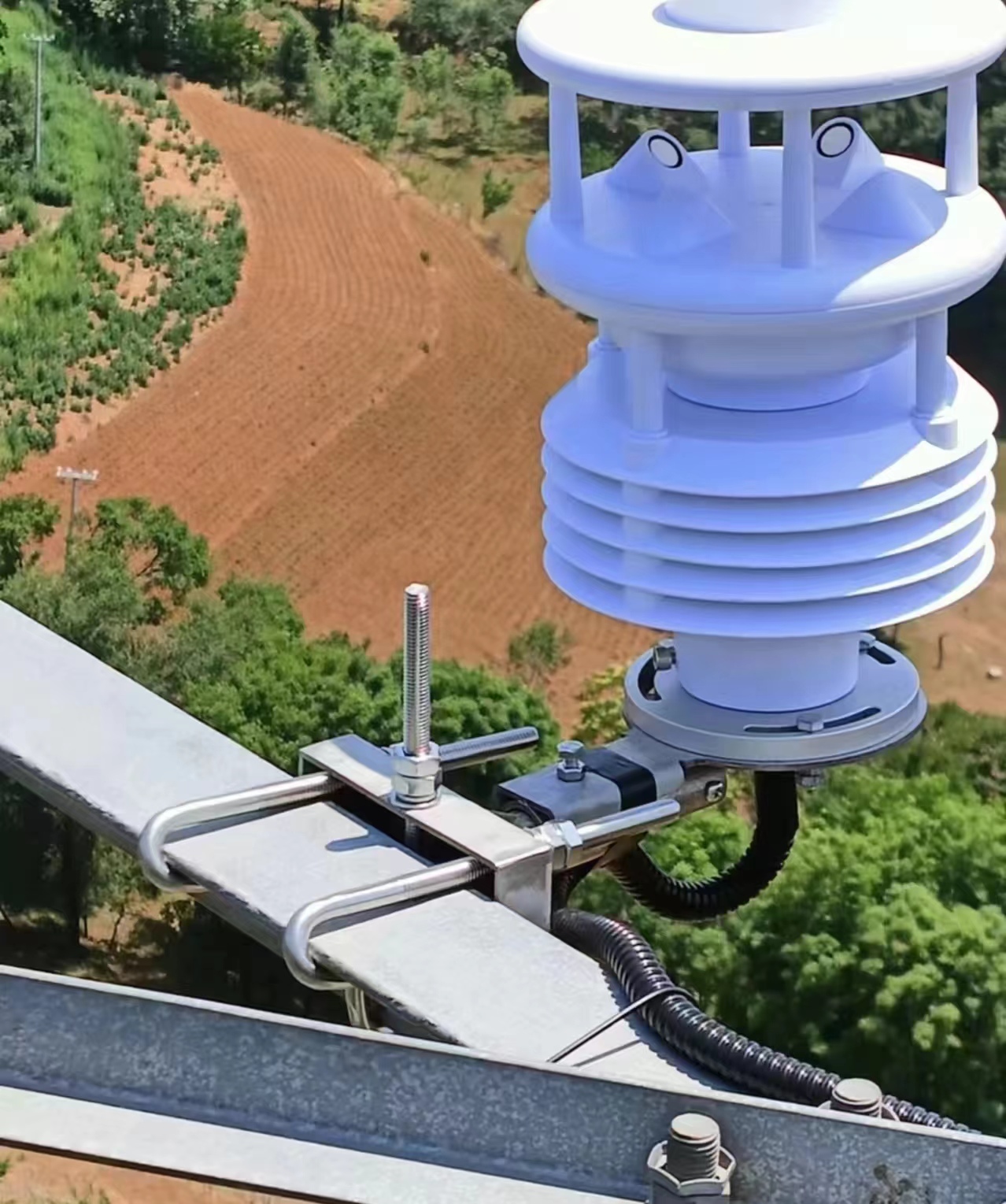In 2023, 153 people died from dengue fever in Kerala, accounting for 32% of dengue deaths in India. Bihar is the state with the second highest number of dengue deaths, with only 74 dengue deaths reported, less than half of Kerala’s figure. A year ago, climate scientist Roxy Mathew Call, who was working on a dengue outbreak forecasting model, approached Kerala’s top climate change and health officer asking for funding for the project. His team at the Indian Institute of Tropical Meteorology (IITM) has developed a similar model for Pune. Dr Khil, a climate scientist at the Indian Institute of Tropical Meteorology (IITM), said, “This will greatly benefit the Kerala health department as it will help in careful monitoring and taking preventive measures to prevent the occurrence of diseases.” nodal officer.
All he was given were the official email addresses of the Director of Public Health and Deputy Director of Public Health. Despite reminder emails and text messages, no data was provided.
The same applies to precipitation data. “With the right observations, the right forecasts, the right warnings and the right policies, many lives could be saved,” said Dr Cole, who received India’s highest scientific award this year, the Vigyan Yuva Shanti Swarup Bhatnagar Geologist Award. He delivered a speech titled ‘Climate: What hangs in the balance’ at the Manorama Conclave in Thiruvananthapuram on Friday.
Dr Cole said that due to climate change, the Western Ghats and the Arabian Sea on either side of Kerala have become like devils and oceans. “The climate is not only changing, it’s changing quite quickly,” he said. The only solution, he said, is to create an eco-friendly Kerala. “We have to focus on the panchayat level. Roads, schools, houses, other facilities and agricultural land must be adapted to climate change,” he said.
First, he said, Kerala should create a dense and effective climate monitoring network. On July 30, the day of the Wayanad landslide, the India Meteorological Department (IMD) and the Kerala State Disaster Management Authority (KSDMA) released two different rainfall measurement maps. According to the KSDMA map, Wayanad received very heavy rain (over 115mm) and heavy downpour on July 30, however, IMD gives four different readings for Wayanad: very heavy rain, heavy rain, moderate rain and light rain;
According to the IMD map, most districts in Thiruvananthapuram and Kollam received light to very light rainfall, but KSDMA reported that these two districts received moderate rainfall. “We can’t tolerate that these days. We must create a dense climate monitoring network in Kerala to accurately understand and predict the weather,” said Dr Kohl. “This data should be publicly available,” he said.
In Kerala there is a school every 3 kilometers. These schools can be equipped with climate control equipment. “Each school can be equipped with rain gauges and thermometers to measure temperature. In 2018, one school monitored rainfall and water levels in the Meenachil River and saved 60 families downstream by predicting floods,” he said.
Similarly, schools can be solar powered and also have rainwater harvesting tanks. “This way, students will not only know about climate change, but also prepare for it,” he said. Their data will become part of the monitoring network.
However, forecasting flash floods and landslides requires the coordination and collaboration of several departments, such as geology and hydrology, to create models. “We can do this,” he said.
Every decade, 17 meters of land are lost. Dr Cole of the Indian Institute of Tropical Meteorology said sea levels had risen 3 millimeters a year since 1980, or 3 centimeters per decade. He said that although it seems small, if the slope is just 0.1 degrees, 17 meters of land will be eroded. “It’s the same old story. By 2050, sea levels will rise by 5 millimeters per year,” he said.
Similarly, since 1980, the number of cyclones has increased by 50 percent and their duration by 80 percent, he said. During this period, the amount of extreme precipitation tripled. He said that by 2050, rainfall will increase by 10% for every degree Celsius increase in temperature.
Impact of Land Use Change A study on Trivandrum’s Urban Heat Island (UHI) (a term used to describe urban areas being warmer than rural areas) found that temperatures in built-up areas or concrete jungles would rise to 30. 82 degrees Celsius compared to 25.92 degrees Celsius. in 1988 – a jump of almost 5 degrees in 34 years.
The study presented by Dr. Cole showed that in open areas the temperature will rise from 25.92 degrees Celsius in 1988 to 26.8 degrees Celsius in 2022. In areas with vegetation, temperatures rose from 26.61 degrees Celsius to 30.82 degrees Celsius in 2022, a jump of 4.21 degrees.
The water temperature was recorded at 25.21 degrees Celsius, slightly lower than the 25.66 degrees Celsius recorded in 1988, the temperature was 24.33 degrees Celsius;
Dr Cole said high and low temperatures in the capital’s heat island also increased steadily during the period. “Such changes in land use can also make the land vulnerable to landslides and flash floods,” he said.
Dr Cole said tackling climate change requires a two-pronged strategy: mitigation and adaptation. “Climate change mitigation is now beyond our capabilities. This must be done at a global level. Kerala should focus on adaptation. KSDMA has identified hot spots. Provide climate control equipment to every panchayat,” he said.
Post time: Sep-23-2024


